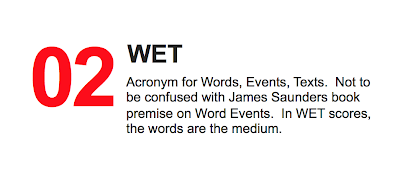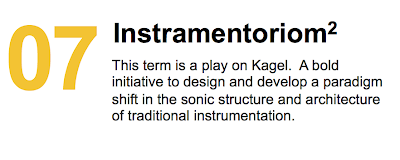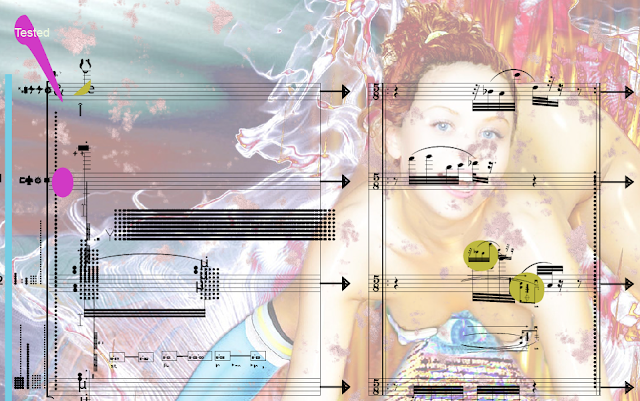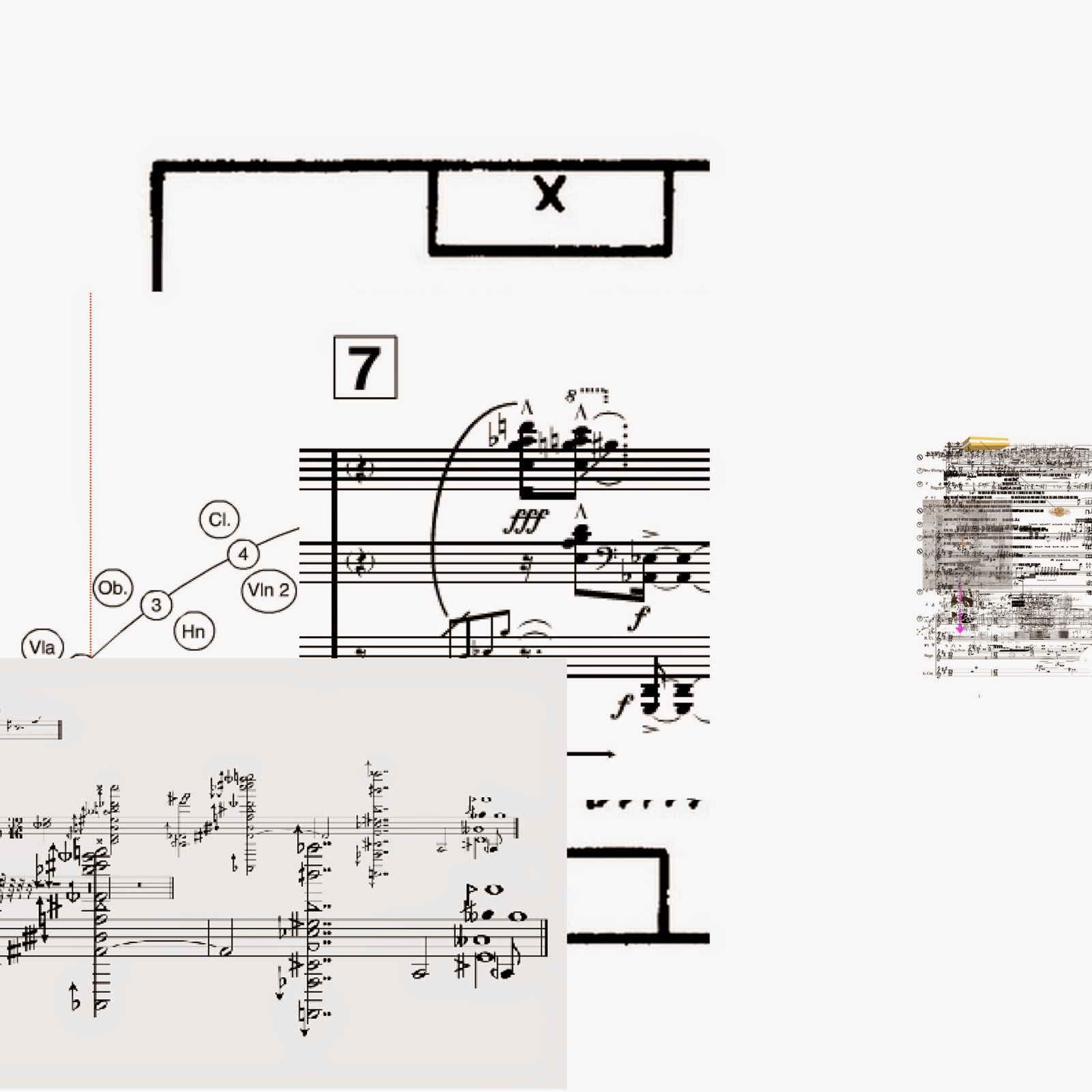Saturday, December 19, 2015
Tuesday, December 8, 2015
Monday, December 7, 2015
Exocyclic Trumpet in B flat: Recording of "Neural Intervals And Barium Infused Automatons" (2014)
 |
| Exocyclic Trumpet in B flat |
"Neural Intervals And Barium Infused Automatons" (2014)
On SoundCloud:
| Inverted Equilibrium Sonic Pendulum |
 |
| PID |
 |
| PID Theory |
Composition for Cello, Chamber Ensemble, Inverted Equilibrium Sonic Pendulum, Exocyclic Trumpet in B flat, Schilke b3l Tunable Beryllium Bell Trumpet, Elliot Easton SG Custom OHSC Electric Guitar, Zildjian 22″ C2 Gong / Cymbal, LP Galaxy Giovanni Tumbadora, Retrosium Flute and ROLI Seaboard Grand.
From the performance notes/depiction of the Inverted Equilibrium Sonic Pendulum and the Cello:
We have executed a control method for maintaining an inverted pendulum in the unstable equilibrium position. This application is a classic lesson in control science, frequently utilized in ballistic guidance. In the case of the Cello, the proportional-integral-derivative (PID) method was implemented in LabWindows and intendulum with test mass. Once optimal parameters for the algorithm were established, trials were conducted in which individual gain constants were varied while controlling string and bow pressure to observe changes in instrument behavior.
When applying bow pressure, vector fields can have several special points: a stable point, called a sink, that attracts in all directions (forcing the concentrations to be at a certain value), an unstable point, either a source or a saddle point which repels (forcing the concentrations to change away from a certain value), and a limit cycle, a closed trajectory towards which several trajectories spiral towards (making the concentrations oscillate).
Repostulate in a alternative tablature system; topological models of morphogenesis.
Sunday, December 6, 2015
Saturday, December 5, 2015
Sunday, November 22, 2015
Saturday, November 21, 2015
Friday, November 20, 2015
Wednesday, November 18, 2015
"Disciplinary Mechanisms" . Louise Wei, Composer.
"Disciplinary Mechanisms"
Louise Wei Composer
2015
For Soprano, Two Baritones, Bass and Piano
A Commission from Hua Xia Bank, Beijing China
"Dedicated Schlesinger" for Flute. Bil Smith Composer
 |
| Dedicated Schlesinger for Flute. Bil Smith Composer |
"The contrast lies in the notation and performance and is discrete across all three ranges. There is no telling how much of the performance outcome is due to real kinship with the score or how much is due to musical ingenuity and luck coincidence."
- Collated inferences
- Notational ontology recapitulates philology
Tuesday, November 17, 2015
Monday, November 16, 2015
Saturday, November 14, 2015
RECORDING WITHDRAWN: "X Distinguishes Itself Unilaterally From Y Without Y Distinguishing Itself From X in Return"
"X Distinguishes Itself Unilaterally From Y Without Y Distinguishing Itself From X in Return"
RECORDING WITHDRAWN
Nondecisional immanence, which allows itself to be posited as already given without decisional positing, is an immanence that does not even need to be liberated from decisional transcendence: it is precisely as that which is already separated (without separation) from the decisional coconstitution of given and givenness, immanence and transcendence, that it conditions its own positing as already given.
Friday, November 13, 2015
"Inequitable Genders and Deer Populations Continue To Thrive" - Laboratorie New Music. (2014). Midnight, August 3, 2014.
"Inequitable Genders and Deer Populations Continue To Thrive" - Laboratorie New Music. (2014).
Midnight, August 3, 2014.
Composition for:
Violin I,II
Viola I,II
Clarinet
Oboe
Bassoon
Bass Trumpet
Double Bass
Horn
Piano
Viola I,II
Clarinet
Oboe
Bassoon
Bass Trumpet
Double Bass
Horn
Piano
Adjuncts
from the Performance Notes:
“What is necessary is to overcome painting, sculpture, poetry and music. We need a more comprehensive art that meets the requirements of the new spirit.”
- Lucio Fontana
This unprecedented spirit indicates the characteristics of the algorithm and its usurpation of media specificity. This combinatory aspect of his thought is what makes Fontana’s shredding of the classical modernist flat picture plane far more than an art historical curiosity (or modern tragedy).
...with Fontana, the grand, elegant slashing of monochromatic canvases with a razor blade, far from an act of desperation, symbolizes a subordination of place to space typical of most tribal rituals. It is an invitation to mentally move beyond the surface of reality into an unconditioned reality. It is a conceptual act of access into the overwhelming infinite; an act more spatial than psychological.
Subscribe to:
Posts (Atom)














































